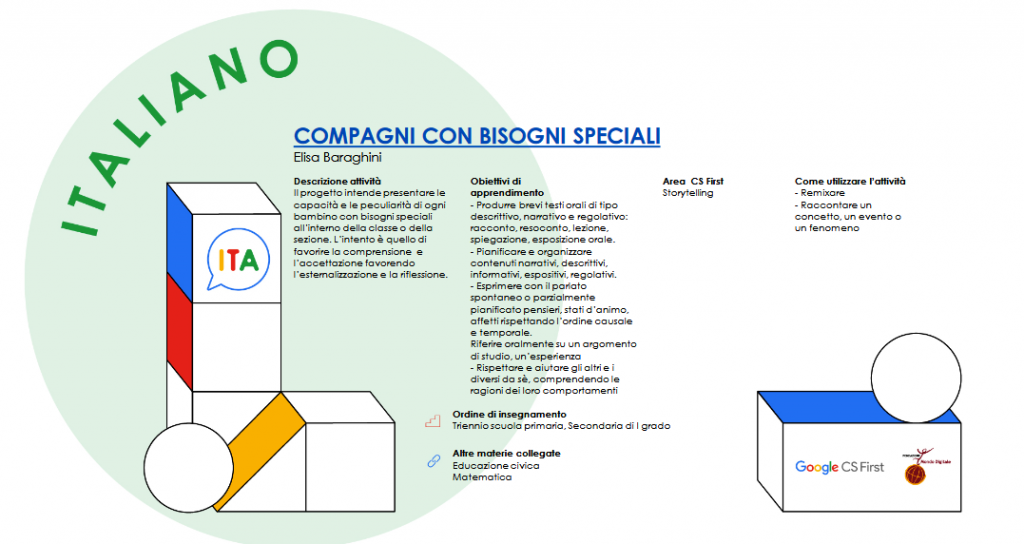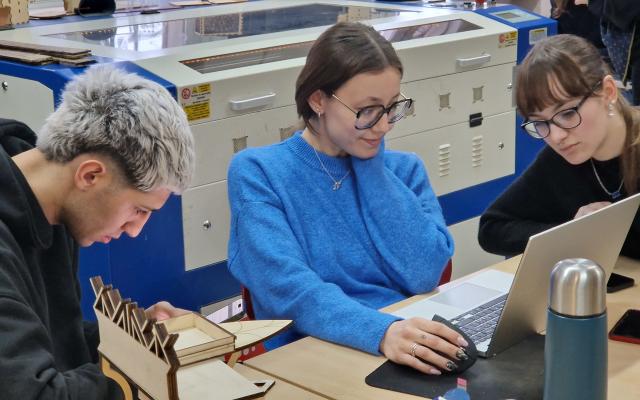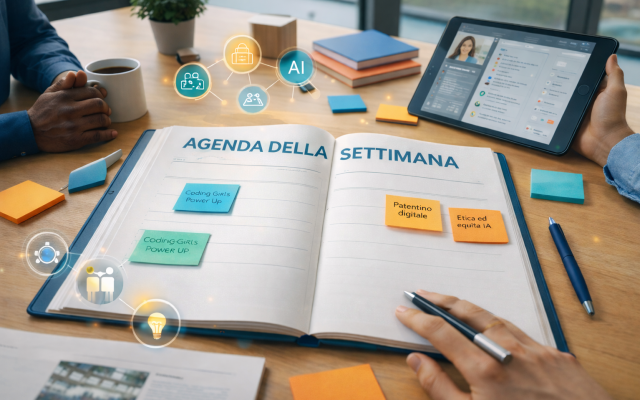When teachers are introduced to the CS First Platform, developed by Google, we underline not only its versatility for teaching different subjects, but also its efficiency in involving students with special needs. What does this mean concretely? We asked Elisa Baraghini, a professor and peer trainer for colleagues in the CS First Digital Room, as well as author of Project "Compagni con bisogni speciali – Classmates with Special Needs” [see: Curriculum Mapping].
Elisa, you have recently focused on coding and inclusion, as well as augmented and alternative communication. How do you manage to involve children with special needs in coding activities at school?
I have been teaching for over twenty years. I believe that children with special needs must be active and participate just like all other children, notwithstanding their difficulties. CAA supports language with images, photos and symbols, which allows many of them to communicate, improve their comprehension of texts and build up a good vocabulary. My recent experience in kindergarten has made this even more evident. It’s a perfect tool for children who have not yet learned to read or write (age 0-6).
I have also grown fond of coding, and it has become another important tool to support didactic activities. Coding can be combined with other issues or topics that attract children and involve the entire class, driving a shared learning process: the understanding of a text, the plot of a story, the expression of emotions. Coding allows me to activate the entire class in different manners and to insert special needs at the very basis of didactic planning.
How does the CS First Platform facilitate “coding for everyone”?
The platform is an invaluable tool to address coding at school. The fact that it is subdivided into thematic areas with specific materials allows us to delve deep into subjects, while providing a valid support for both teachers and students. Moreover, the fun and dynamic videos that are included on the platform are useful to indicate learning outcomes and to practice with Scratch. Besides this, FMD’s curriculum mapping provides a source of inspiration for identifying ideas that allow us to custom-tailor coding projects based on the needs of each class.
What is your dream coding project?
The coding project that I would like to develop is transversal. It would involve all kindergarten sections with a common final objective revealing the potential of coding for all age groups, as well as the fact that it can “be taken home” so that parents can appreciate the method, too. Indeed, I believe that it is very important to work on coding lab proposals that involve children affected by autism.

For further information:



